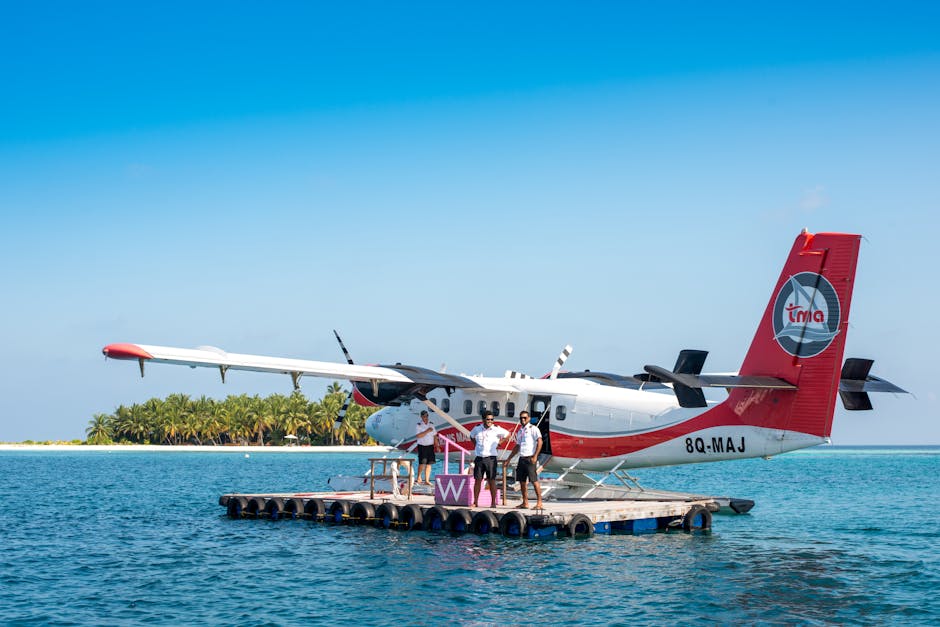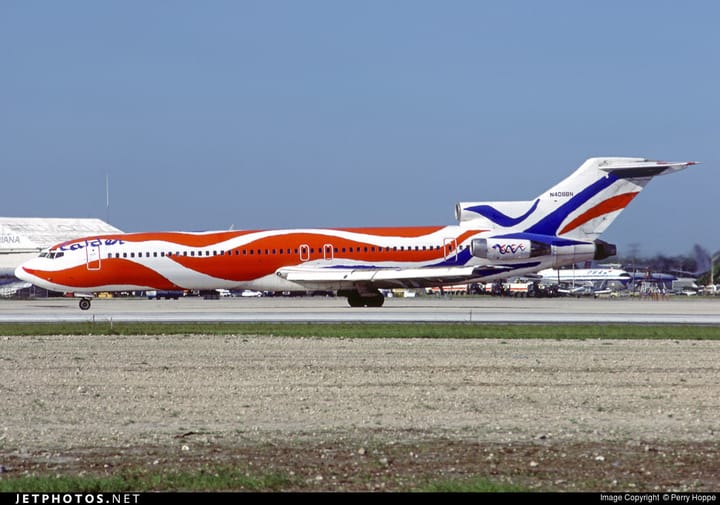Among the fascinating innovations in aircraft propulsion, the push-pull engine configuration stands out as a testament to creative problem-solving in aviation engineering. Combining the strengths of both tractor (puller) and pusher propeller arrangements, the push-pull setup has appeared in some of the most distinctive aircraft designs from the dawn of flight to the present day. Its evolution reflects not only the relentless pursuit of performance and safety but also the ever-shifting priorities of aviation designers in response to technological advancements and operational needs.
Understanding the Push-Pull Concept
To appreciate the significance of push-pull engine configurations, it’s helpful to understand the basics of propeller placement. Traditional “tractor” engines are mounted at the front of the aircraft, pulling it through the air. “Pusher” configurations mount the engine at the rear, pushing the aircraft forward. Each arrangement has merits and drawbacks—tractor setups generally offer better engine cooling and propeller efficiency, while pusher designs provide improved pilot visibility and reduced cabin noise.
The push-pull configuration combines both: an aircraft is equipped with two engines aligned along the centerline, one at the front (pulling) and one at the rear (pushing). The result? The potential for increased performance, redundancy, and aerodynamic efficiency—all crucial factors, especially in the formative years of aviation.
World War I: The Birth of Push-Pull
The genesis of the push-pull configuration can be traced to the experimental fervor of World War I. Designers sought to maximize performance and firepower while minimizing drag. One of the earliest examples was the Caproni Ca.3, an Italian heavy bomber that debuted in 1916. With two engines mounted as pushers on the wing-mounted booms and one as a tractor at the fuselage nose, the Ca.3’s arrangement was intended to boost power and reliability for long-range missions.
Another notable example from the era is the Caudron G.4, a French twin-engine reconnaissance and bomber aircraft. It featured two engines mounted between the wings—one in a tractor position, the other a pusher. The push-pull setup allowed designers to avoid asymmetric thrust issues in the event of an engine failure, a significant safety advantage at a time when engine reliability was still a work in progress.
The Interwar Years and Beyond: Experimentation and Refinement
As aviation matured in the 1920s and 1930s, engineers continued to experiment with push-pull designs. The Dornier Do 335 “Pfeil” (Arrow), developed by Germany during World War II, became the most famous and technologically advanced push-pull aircraft of its time. Featuring a powerful Daimler-Benz engine at both nose and tail, the Do 335 achieved remarkable speeds for a piston-engined aircraft—over 470 mph. Its unique configuration minimized asymmetric thrust, improved performance, and offered a streamlined fuselage that reduced drag.
However, push-pull designs faced growing competition from more conventional multi-engine arrangements and the emerging jet age. For most military and commercial applications, the complexity and maintenance challenges of push-pull systems outweighed their benefits. Yet, the concept never disappeared entirely.
Postwar and Civilian Applications: The Twin-Boom Renaissance
One of the most successful civilian push-pull aircraft is the Cessna 337 Skymaster, introduced in the early 1960s. Designed to address safety concerns associated with twin-engine aircraft—specifically, dangerous yawing tendencies during single-engine operation—the Skymaster places its engines along the centerline: one in the nose and one in the rear of the fuselage. This configuration virtually eliminates asymmetric thrust, making it much easier to control if one engine fails. The Skymaster became a favorite among private pilots, air taxi operators, and even military organizations (as the O-2 “Oscar Deuce” in the U.S. Air Force).
Other notable postwar push-pull designs include the French Adam M-309 and the Rutan Defiant, a homebuilt aircraft that showcased Burt Rutan’s flair for unconventional but practical engineering. These aircraft further demonstrated the configuration’s utility for small, general aviation designs seeking redundancy and safety without the weight and complexity of wing-mounted engines.
Modern Innovations: Push-Pull in the 21st Century
Today, push-pull remains a niche but intriguing configuration, especially as electric propulsion and novel airframe designs gain traction. Modern unmanned aerial vehicles (UAVs) and some experimental aircraft employ push-pull layouts to maximize efficiency and redundancy. The centerline thrust arrangement is particularly advantageous for drones, where simplicity, compactness, and reliability are paramount.
The Diamond DA42 MPP (Multi Purpose Platform), for example, is a modern twin-engine surveillance aircraft featuring a push-pull design. It leverages advanced composite materials and efficient diesel engines to deliver long endurance and low operating costs, underscoring how the spirit of the push-pull concept continues to inspire innovation.
Why Push-Pull Matters: Technical and Operational Advantages
The enduring appeal of the push-pull configuration comes down to a few key technical and operational factors:
- Redundancy and Safety: By mounting both engines on the centerline, pilots avoid the severe handling challenges of an engine failure that plague conventional twins. There’s no “critical engine,” and asymmetric thrust is minimized.
- Aerodynamic Efficiency: Without bulky engine nacelles on the wings, designers can achieve cleaner airflow and, in some cases, improved speed and fuel economy.
- Improved Pilot Visibility and Cabin Access: Especially in designs where the rear pusher engine is well-integrated, the nose can be kept clear for better sightlines or sensors.
- Noise Reduction: With one engine at the rear, cabin noise can be reduced compared to conventional twins, improving passenger comfort.
However, the configuration is not without its drawbacks: rear engine cooling can be challenging, maintenance access is often more difficult, and propeller efficiency may suffer due to disturbed airflow from the fuselage or wings. These trade-offs have limited the widespread adoption of push-pull designs, but in the right context, the benefits are compelling.
Impact on the Aviation Industry and Technology
While never achieving mainstream dominance, push-pull configurations have spurred important advances in aircraft design and safety. The concept has shaped regulations and pilot training protocols for centerline thrust aircraft, influenced the development of high-performance surveillance and reconnaissance platforms, and provided valuable lessons for the advent of distributed propulsion in electric and hybrid aircraft.
For passengers, the most direct impact has been safety and comfort in light twins like the Cessna Skymaster. For the industry at large, push-pull experiments have broadened our understanding of aerodynamics, propulsion integration, and the nuanced trade-offs that define every successful airplane.
The Future: Push-Pull and Beyond
As aviation enters a new era defined by sustainability, autonomy, and distributed electric propulsion, the core ideas behind push-pull configurations are enjoying a renaissance. Tomorrow’s advanced air mobility (AAM) vehicles—urban air taxis, electric commuter planes, and high-efficiency drones—may well incorporate centerline push-pull arrangements to optimize efficiency, safety, and performance.
Moreover, the flexibility of electric motors makes it easier than ever to experiment with unconventional arrangements, potentially overcoming many of the limitations that hampered earlier push-pull models. The lessons learned from a century of push-pull innovation will continue to inform the next generation of aircraft, blending the best of proven concepts with cutting-edge technology.
Conclusion
The story of the push-pull engine configuration is more than a tale of quirky aircraft and ambitious engineers—it’s a chronicle of aviation’s relentless quest for improvement. From the smoke-filled skies of World War I to the sleek, composite-bodied aircraft of today, push-pull designs have consistently challenged conventions, solved unique problems, and inspired bold thinking. As aviation looks to the future, the ingenuity embodied by the push-pull configuration offers a reminder: sometimes, the best path forward is found by blending the old with the new.


